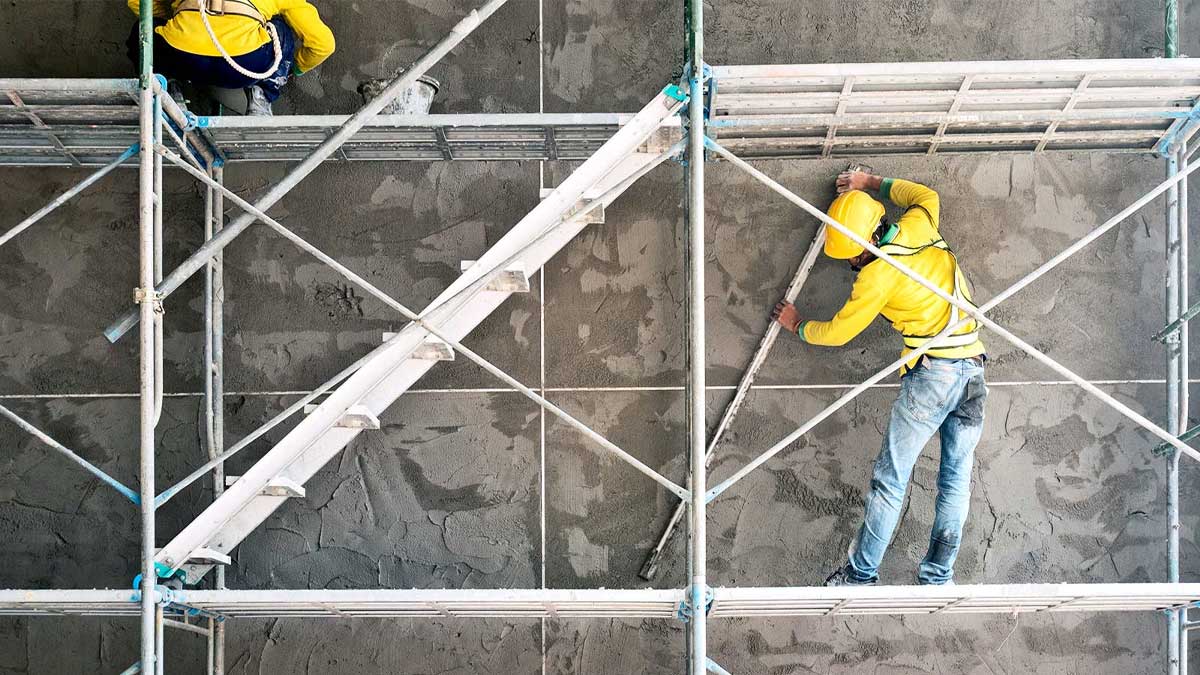At present, the government needs 20 to 40 percent additional resources in order to complete the ongoing public sector projects, as the prices of construction materials are much higher.
Chairman, Construction Association of Pakistan (CAP), Engr. Kamal Nasir Khan said, “With overall 43 percent increase in prices, current contracts have become unviable, pushed housing beyond the reach of the common man and unemployed skilled/unskilled labor and other technicians.”
He further said that if the government wants timely completion of the ongoing development projects, then it has to allow inflation effect on ongoing contracts, which will be around Rs 200 to Rs 400 billion extra. Allowing inflation’s impact on ongoing projects is not new. In past the federal government had allowed such an inflation impact in 2004 through SRO No.26/(183)Plan Cord-II/PC/2004 dated June 11, 2004.
An official, related to the planning departments of provincial and federal governments said that the current hike in prices is unprecedented for which the government needed an extra amount for the completion of an ongoing project.
At present, there are many public sector projects worth Rs 600 billion along with projects worth Rs 1,200-Rs 1,400 billion are underway for FWO and NLC. There are also provincial development projects worth Rs 1,200.
Giving the details of the price hike of the construction-related items, Engr. Kamal Nasir further said that the prices of steel have gone up by 76% from March 2020 to October 2021, the rates of cement have increased by 52%, the rates of Bitumen are up by 101%, the prices of cable have risen by 43%, aggregates by 68%, sand by 59%, aluminum by 74%, PVC pipe by 52% and the prices of ceramic tiles have increased by 24% during the period from March 2020 to October 2021.
This is the practice that the government closely monitors the situation and during the phase of planning, keeps an inbuilt project escalation cost within the range of 10-12%, depending upon the size of the project and time of completion of ongoing projects.
However, the current hike in the prices is unprecedented. More than 40 small and large industries are directly concerned with the construction sector and as such, this sector is the source of big employment.





















